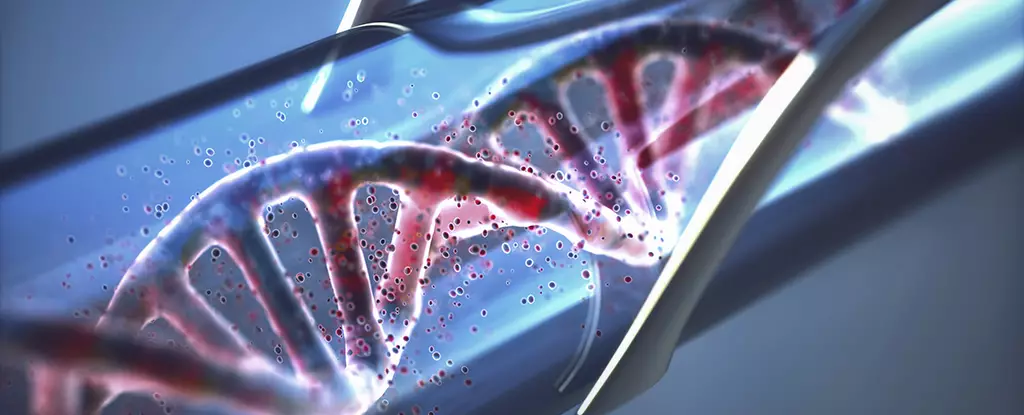The potential of deoxyribonucleic acid (DNA) as a tool for computing has fascinated scientists for decades. However, despite years of research and development, most DNA computers have struggled to process complex algorithms efficiently. In a groundbreaking study, a team of researchers from China has developed a DNA integrated circuit (DIC) that demonstrates remarkable programmability and scalability. This liquid computer is capable of forming an astounding 100 billion circuits, each capable of running its own program. This breakthrough holds tremendous promise for the future of DNA computing, offering significant advancements in computational speed and capacity.
To achieve a more adaptable and versatile DNA computer, the Chinese research team focused on DNA-based programmable gate arrays (DPGAs). These DPGAs, short segments of DNA combined to create larger structures, were integrated into various combinations to build the DICs. The process involved mixing DNA strands with buffer fluid in test tubes, relying on chemical reactions to facilitate the attachments necessary for building the circuits. Additionally, extensive modeling was conducted to manage input and output signals and execute logic functions.
One of the critical factors in achieving general-purpose computing is programmability. The researchers emphasized the importance of allowing the specification of the device to perform various algorithms. By developing DPGAs, they created a system that could adapt to different computational tasks.
Furthermore, scalability plays a crucial role in expanding the capabilities of DNA computing. By adding resources to the system, the DNA integrated circuit becomes capable of handling a growing amount of work. This breakthrough represents a significant step towards realizing the full potential of DNA computing.
The experimental systems developed by the researchers have shown promise in a range of applications. For instance, these DNA-based circuits could be adapted for disease diagnosis, revolutionizing the field of medical diagnostics. With further advancements and refinement, DNA computing could transform the way we approach healthcare and biotechnology.
Moreover, the low signal attenuation observed in these experimental systems is a vital characteristic for scaling and adapting DNA computers. Signal attenuation refers to the gradual loss of signal strength as it travels through a circuit. By minimizing signal attenuation, the researchers have overcome a significant hurdle in building DNA computers that can handle large-scale networks.
Although we are still far from fully harnessing the potential of DNA computing, significant progress has been made in recent years. The development of a DNA integrated circuit with unprecedented levels of programmability and scalability represents a major breakthrough. This breakthrough opens up new possibilities for DNA computing, offering improved computational speed and capacity. As the field continues to advance, scientists and engineers are poised to unlock even greater potential for this unique form of computing. The ability to integrate large-scale DPGA networks without substantial signal attenuation marks a crucial step towards achieving the full potential of DNA computing. The future of computing is bright, and DNA may play a more significant role than we ever imagined.


Leave a Reply